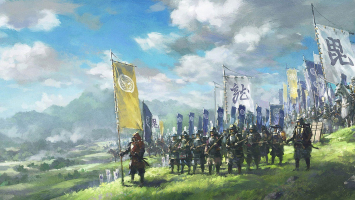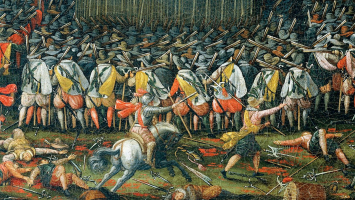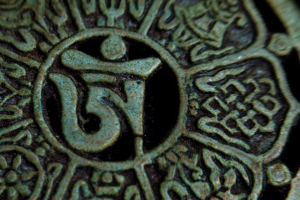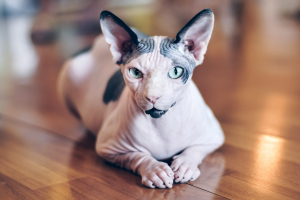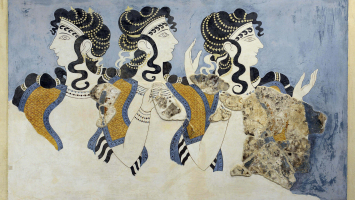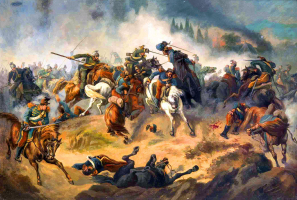Top 10 Surprising Status Symbols From Throughout History
One of the most challenging components of any culture or community to comprehend is status symbols. What qualifies an item as a symbol of significance? Does a ... read more...rare NFT of a fictional monkey actually mean anything? A Ferrari, perhaps? In actuality, status symbols have always been somewhat enigmatic and peculiar.
-
In the world at large, pillows occupy a strange place. You have one on your bed for sleeping, but some people additionally place a good half-dozen or more on it purely for aesthetic purposes. On couches as well, the same thing takes place. Pillows are everywhere, but many of them serve little use other than to look good.
Pillows have existed for almost 9,000 years. The original Mesopotamian pillow was composed of stone and was used to elevate the head off the pillow so that fewer nighttime insects would crawl into the mouth. Because carved stone is expensive today and wasn't then, the stone cushion quickly gained popularity and was exclusively accessible to the wealthy. A cushion was therefore a symbol of your position as a bigwig.
Other cultures started to use decorative pillows. Ceramic pillows with elaborate painting have become a prestige symbol in China. Soft pillows were utilized in the Middle Ages by the wealthy and shunned by the males as being feminine.
Even if decorative pillows aren't actually used as pillows, we've continued to think of them as something extravagant. If anyone ever criticizes you for having pillows you can't actually use, just explain that you're following a 9,000-year-old heritage of indulgence.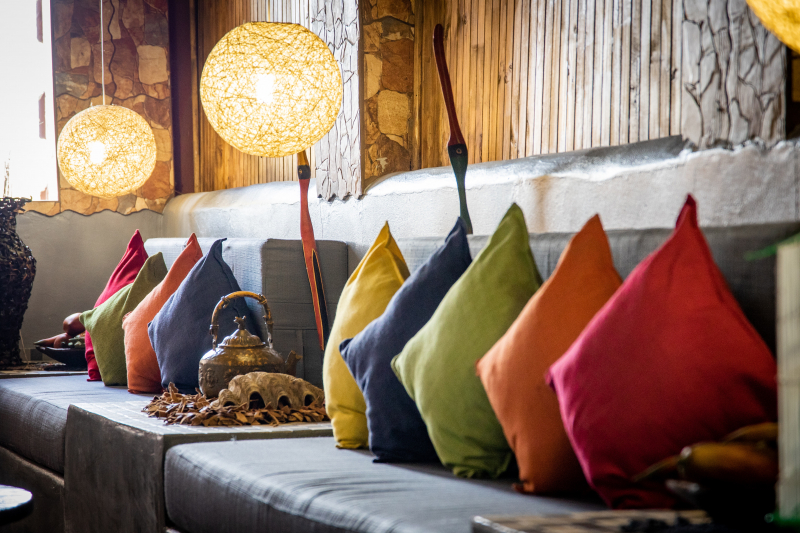
Image by Magda Ehlers via pexels.com 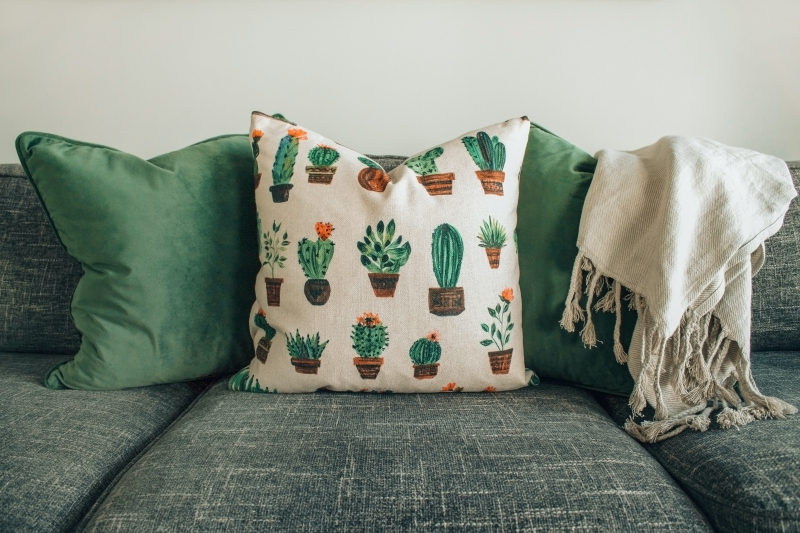
Image by Designecologist via pexels.com -
For cooks, salt is the most crucial condiment in the entire world. A chef does not necessarily mean saffron when they say something needs seasoning. They refer to salt. Additionally, salt has always been significant. One of the most valuable commodities in the world in the past was salt. In antiquity, slaves were exchanged for salt. It was obviously valuable, and its worth persisted for a very long time throughout history.
People who could display salt were also displaying their social rank because of its value. The real social elite could purchase salt cellars, an elaborate container used to store salt that the host would flaunt at events like parties as if it were a Porsche in the driveway. Those with more status would sit above the salt at a supper. Less wealthy people sat farther away.
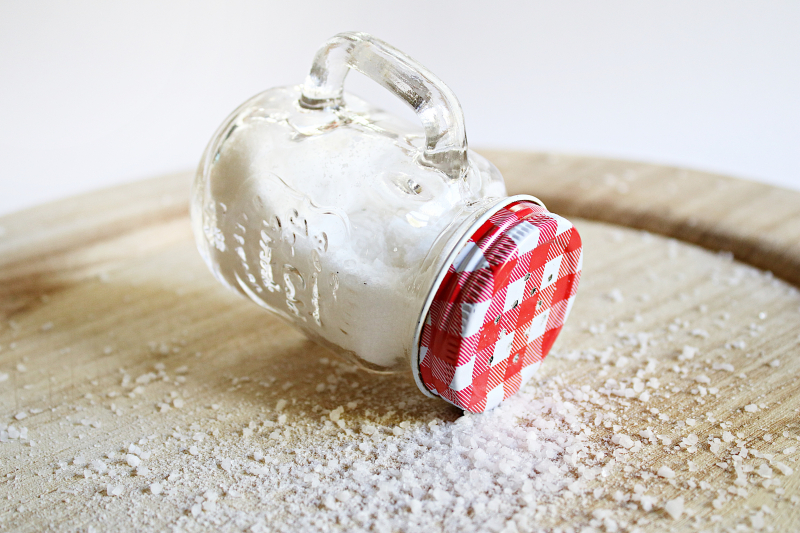
Image by Lorena Martínez via pexels.com 
Image by Castorly Stock via pexels.com -
Nowadays, most people take paper for granted. It costs a few dollars to purchase a slab of it for your printer at Staples. Nothing major. However, once you're immersed in the world of paper, you'll realize that it's never "simply" paper. There is inexpensive printer paper available that is created from refined wood pulp and sells for less than $10 for 500 sheets. Alternatively, you may spend $32 and get 50 sheets of paper created from processed elephant poop.
Hanji was a type of handmade paper made in Korea from mulberry plants. Along with writing, it served a variety of decorative and artistic functions. For folded hand fans was one of their uses. Only men were permitted to use these fans in public, and they were flaunted as a status symbol.
The fan's owner was probably more essential the more elaborate it was. Different hues, forms, and embellishments displayed that rank. For instance, a fan's status increased with the number of bamboo ribs it had. 50 ribs were used as fans by royalty. Aristocracy with less status could have 40.
Image by Mikhail Nilov via pexels.com 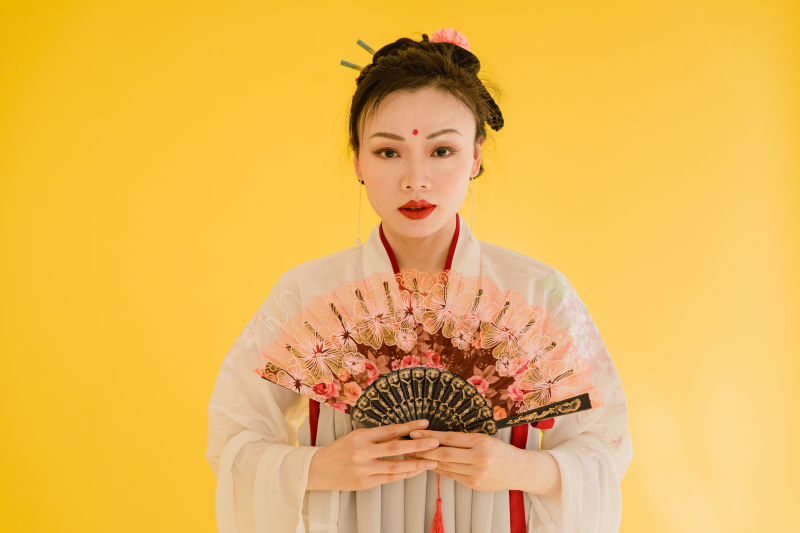
Image by RODNAE Productions via pexels.com -
Some people are really serious about maintaining their lawns. Even too seriously, you might say. There is always one lawn in a neighborhood that is kept immaculate and lush all year long by someone who takes great care to make it appear magnificent. Many others don't seem to give a damn. However, a lawn used to be a real prestige symbol.
When you understand what a patch of grass stands for, it no longer seems weird to use it as a status symbol. It's actually quite crude in a manner. A lawn used to be a wasteful way to display your affluence. A lawn was unaffordable for a peasant. They made their living off the land. A farmer couldn't have a lawn because they needed the land to grow food so they could support their families. But who is wealthy? They might squander a lot of land. Therefore, having a large lawn suggested that you didn't care how much space you wasted.
Homeowners eventually acquired their own land and lawns, which in a way demonstrated their independence. It was successful. However, we no longer necessarily associate homeownership with the unnecessary plot of grass in front of one.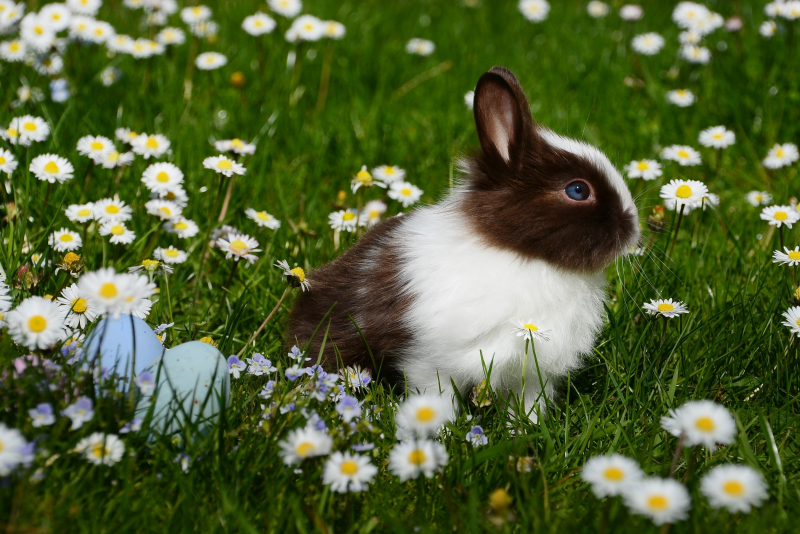
Image by Pixabay via pexels.com 
Image by Mariam Antadze via pexels.com -
If you've ever watched a historical piece movie set in 18th-century England, you already know that wigs were a big deal in British high society. In vintage films, the nobility all have those enormous, puffy white wigs. In reality, King Louis XIII of France, who wore one to conceal his baldness, is where the idea of the powdered wig originated. The wigs were powdered because, being made of horse or goat hair and never having been cleansed, they stank and were loaded with lice. Powder reduced the unpleasantness.
The wig craze spread quickly because, as we saw with high heels, the social elite adore nothing more than imitating what everyone else is doing. If you've ever watched a historical piece movie set in 18th-century England, you already know that wigs were a big deal in British high society. In vintage films, the nobility all have those enormous, puffy white wigs.
In reality, King Louis XIII of France, who wore one to conceal his baldness, is where the idea of the powdered wig originated. The wigs were powdered because, being made of horse or goat hair and never having been cleansed, they stank and were loaded with lice. Powder reduced the unpleasantness. The wig craze spread quickly because, as we saw with high heels, the social elite adore nothing more than imitating what everyone else is doing.
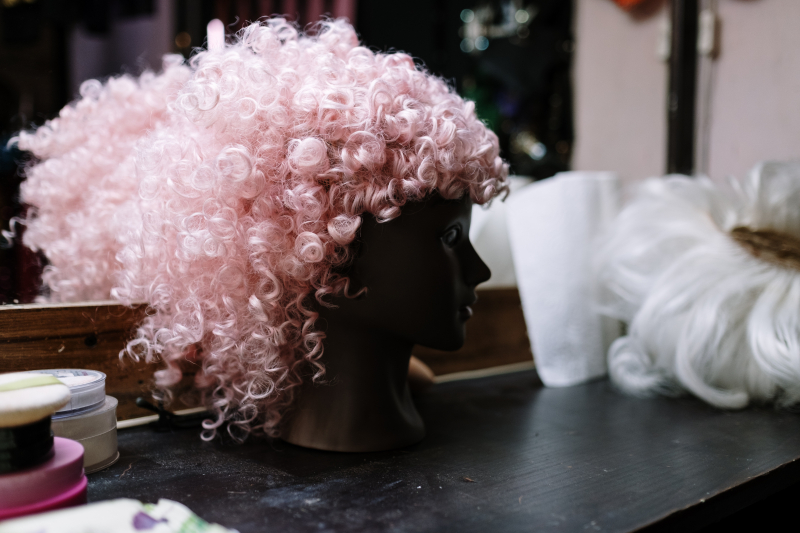
Image by cottonbro studio via pexels.com 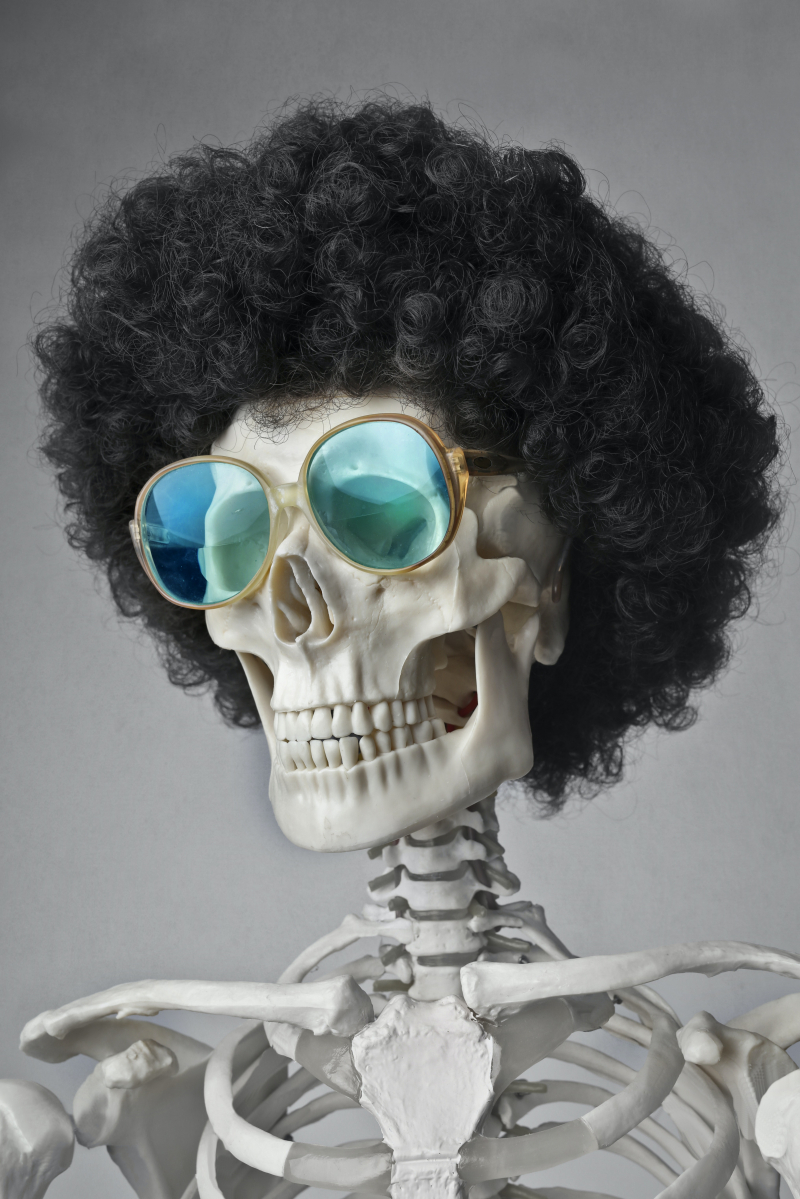
Image by Andrea Piacquadio via pexels.com -
Do you know the expression "chicks dig scars"? Even though it's childish, the notion that scars are cool has some merit. You can't deny that there is a cultural admiration for someone who has scars from battle or other signs of trauma, but perhaps not in the literal sense. Why? The future? But you frequently see it in literature and movies, in those situations where the hero dramatically strips off their shirt to display the scars, holes, and tears of a terrible life, demonstrating just how resilient and admirable they must really be.
The notion that scars are attractive wasn't created in a world without fiction. Longer than you would imagine, people have sought for scars as a method to flaunt their own badassery in real life. According to a 2008 study, women found men with facial scars to be more alluring. However, the custom of getting scars to seem cool dates further back.
Germans used to fight in duels ostensibly to suffer facial injuries. College males in fraternities did this to flaunt their masculinity. In reality, the Nazi party brought back dueling in 1936. The fights were merely a kind of Fight Club-style competition to demonstrate one's toughness; they were never intended to be spiteful or to resolve actual issues.As you can think, not everyone was willing to let an adversary to rapier-slash them. There are rumors that some men shave their faces themselves or even pay professionals to do it.

Image by Karolina Grabowska via pexels.com 
Image by Karolina Grabowska via pexels.com -
The idea of using a car as a status symbol is by no means new. Since the beginning of time, individuals have sought for the priciest and most opulent models of cars as a way to flaunt their wealth. If you want to flaunt your fancy driving skills today, the Rolls Royce Boat Tail will cost you $28 million, but it's by no means the only prestige symbol associated with cars.
You don't need a multibillion dollar car in Rhode Island or many other places to flaunt your street smarts. All you need is the appropriate license plate. For years, fans of license plates have coveted low numbers. The initial license plates were issued in the most reasonable manner you can imagine: numerically. Therefore, plate number 1 was the first plate ever produced. So it continued. Those numbers may be issued again as plates cease to be in use. Or, if they are still in existence, owners can sell them or leave them in a will to loved ones. And individuals pay high prices for them.
The governor acquired that license plate in 1903. You can picture the perceived cache of driving a car with a legally-issued "1" on it. It gave rise to the notion that a low score was advantageous. This is a pattern that practically anything with a number ordering system exhibits on a daily basis. Everyone wants to be in first place. Even if it frequently makes no sense at all, we nevertheless enjoy the sound of it. With these plates, that is essentially how it operates. Even if it has no purpose, people still want them.
A low plate is worth how much? In 1994, Delaware's "9" sold for almost $200,000. $325,000 was paid for a 14. Despite having little actual significance, they have a subjective worth that enables someone to claim to be the best. top 14, or at least. And for some people, that means a lot.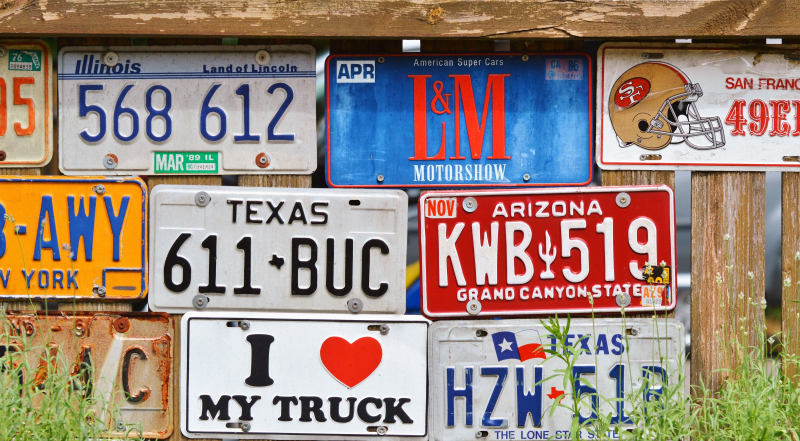
Image by Pixabay via pexels.com 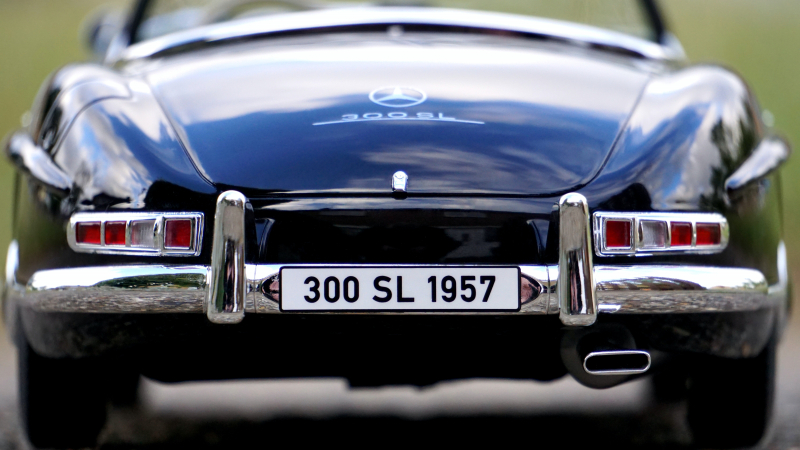
Image by Mike B via pexels.com -
These days, women are the practically exclusive buyers of high heels. The cultural prejudices we still hold about what constitutes menswear and womenswear may drive people to react uncomfortably if they see a man wearing heels. This is strange because males, not women, were the ones who originally designed high heels.
In Persia, heels have been worn since somewhere between the tenth and fifteenth centuries. And they weren't regarded in any way as strange or effeminate; quite the contrary. Warriors used heels because they gave them more stability and control while riding a horse in stirrups.
At the time, any man could not join the Persian military. You needed to have enough money to buy your own horse if you intended to ride one. Consequently, people who could wear heels belonged to the upper class. When the Persians undertook a thorough tour of Europe at the end of the 1500s in search of wartime allies, the heels were first worn in Europe.
The draw of something novel and distinctive couldn't be resisted by European royalty. They all desired a pair of heels because they thought they were cool and manly. As more socially inferior individuals started donning heels, aristocrats started producing taller heels. Since only the upper class could get away with wearing them and since regular people couldn't actually perform real jobs in high heels, they became impractically high, which solidified them as the shoes of the privileged.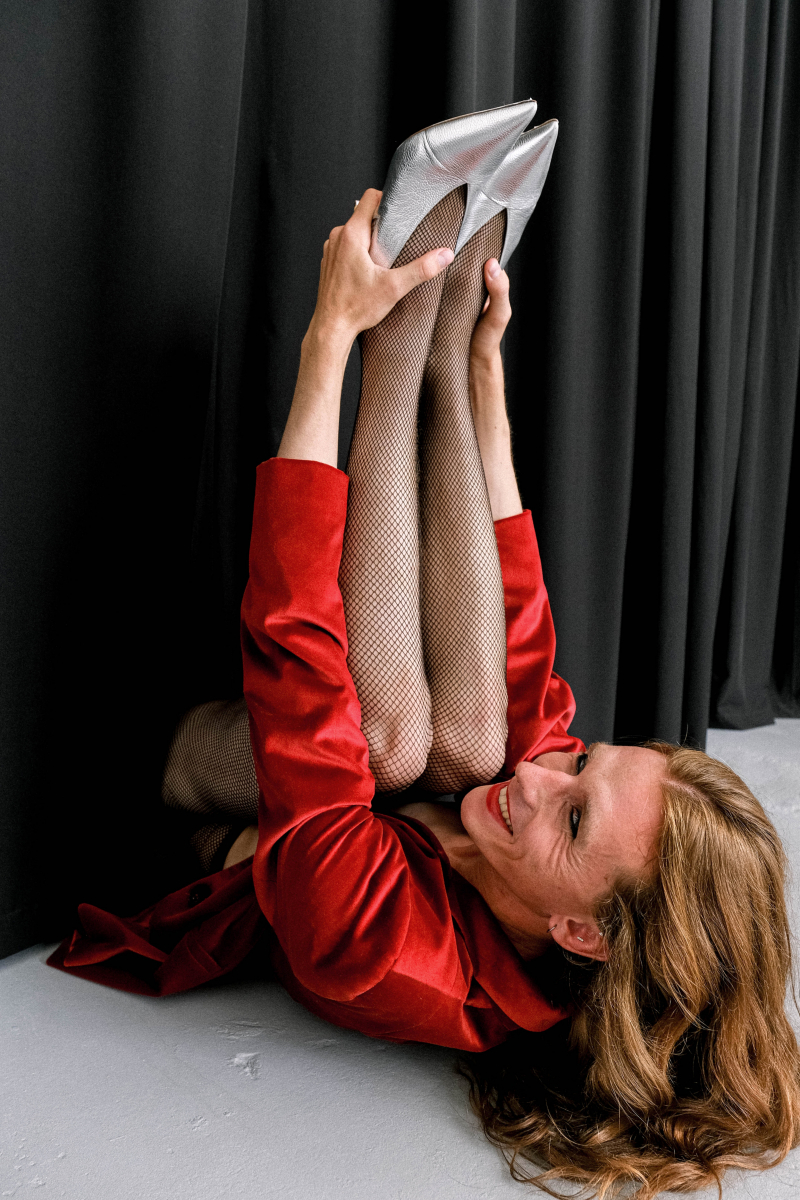
Image by Anna Shvets via pexels.com 
Image by Kamaji Ogino via pexels.com -
A hermit must be the next level if a pineapple seems like an esoteric type of décor. Making a garden as lush and opulent as you could in the 18th century was part of gardening if you wanted to flaunt your social standing. After all, only the most affluent members of society could afford regal topiaries and imported exotic flowers. But eventually, this expanded to encompass the decorative hermit, going beyond the usual garden decor.
As the term implies, an ornamental hermit was a guy, a real person, who resided on someone else's property in a little shanty or hovel. Imagine a garden gnome, but in the real world. These men would assume druidic garb, develop long beards, and otherwise resemble your very own Gandalf. To further the image, they also skipped taking a bath.
The hermit was ordered to go seven years without speaking to anyone. Simply living there without bathing and dressing appropriately. A solitary person retreat at the villa of the Roman Emperor Hadrian served as the inspiration for the fashion, which Pope Pius IV later adopted. And by the 18th century, people had just come to the conclusion that a solitary hermit fit better with the emotional ideal of sadness.They represented reflection and melancholy, two emotions revered at the time and reportedly best enjoyed in a living, breathing form. One of the strangest status symbols was created since only the wealthiest individuals could afford to employ someone to live in this manner. Fortunately for the would-be hermits, the fad was short-lived.

Image by Mateusz Feliksik via pexels.com 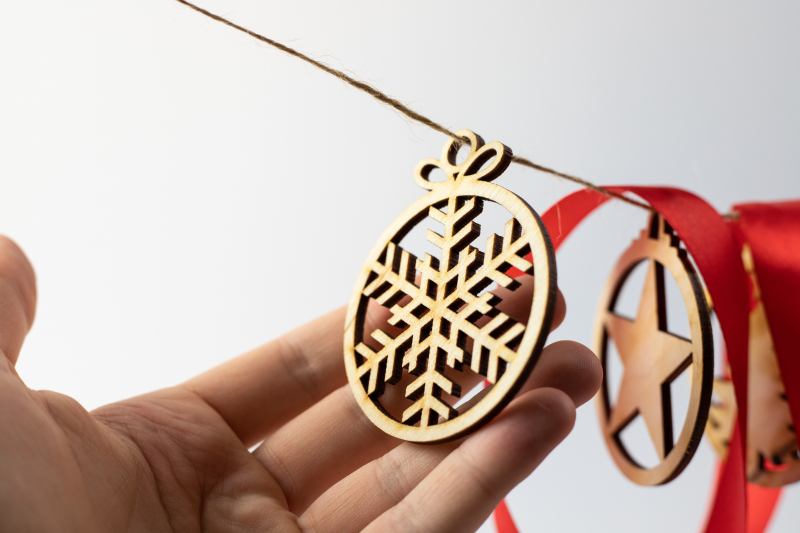
Image by Mateusz Feliksik via pexels.com -
Why not? Thousands of years ago, in South America, our ancestors were gathering pineapple. It tastes great, is cooling, and in terms of fruit, it looks fairly good. After plundering the New World, Columbus was so taken with the fruit that he took it back to Europe. As a result, it quickly became the "it" item for everyone who was anyone.
The pineapple captured the hearts of Europeans in the 16th and 17th centuries. Getting your hands on one suggested you had money or power because it was rare and exotic. Charles II paid for a portrait of himself holding a pineapple. In England, constructing a greenhouse for growing pineapples cost in the neighborhood of £28,000. The cache of owning one was increased by the fact that many of them failed and the fruit took years to mature. What was the price of a pineapple then? About £60. That would be equivalent to about £11,000 now after inflation. So in many respects, having a pineapple was comparable to having a 75-inch TV or some other unnecessary luxury.
Contrary to popular belief, people would not actually do much with those expensive pineapples. You can't be preparing a fruit salad for that much money, can you? As a result, the fruit would frequently be left on a table as decoration to show off to passersby.
Image by Carlo Martin Alcordo via pexels.com 
Image by Pineapple Supply Co. via pexels.com












